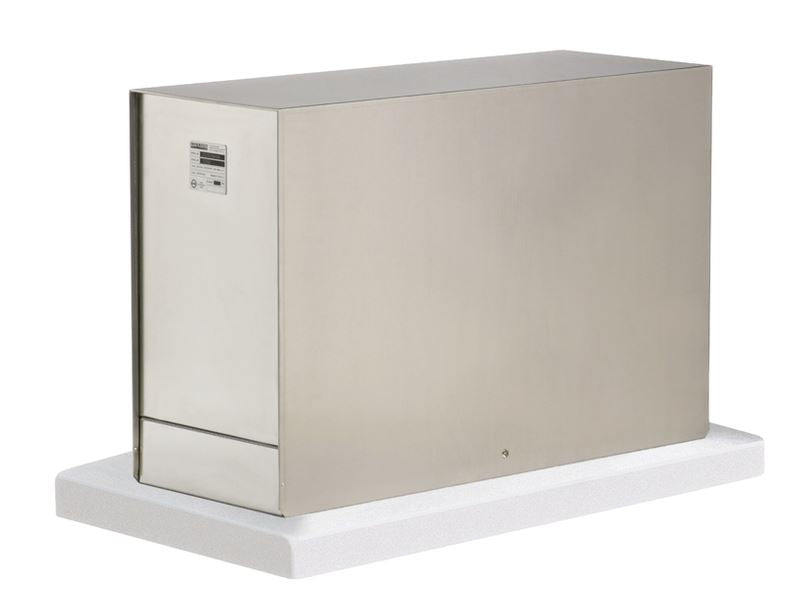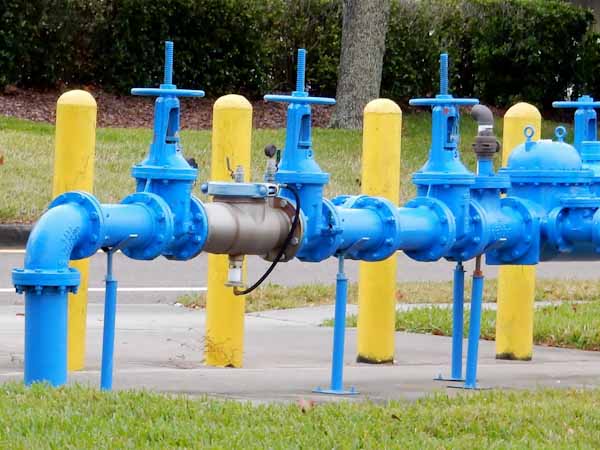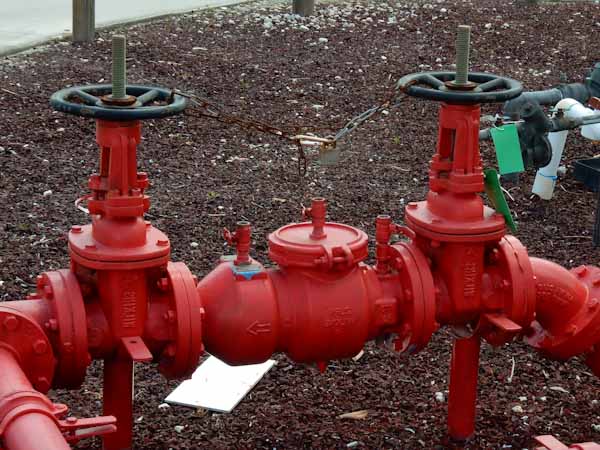Backflow Preventer Cover
FREE SHIPPING
The Backflow Preventer Cover is proudly made in America. It has a lift-off design for maximum access, and comes with an ASSE Standard 1060 compliant drain flap. To protect the pipes from freezing temperatures it is recommended to add the Chromalox Heat Cable #30 with 90W of heat.
Constructed from marine grade aluminum, polyisocyanurate foam insulation board, and a glass fiber reinforced facer on each side. The enclosure is easy to set up, safe for testers, and helps offer protection from vandalism.
Dimensions: 7" W x 32" L x 22" H




